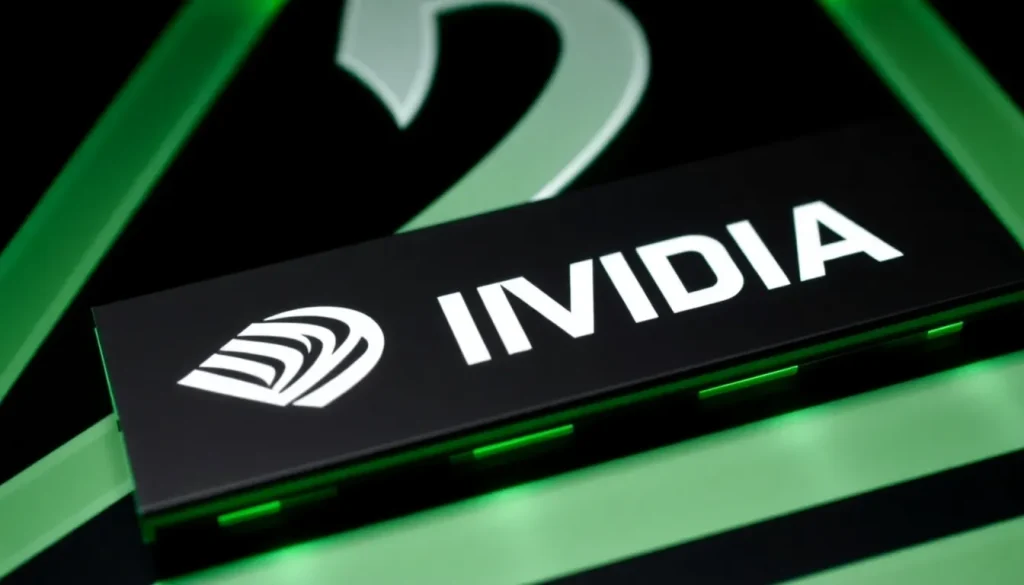Nvidia and Intel join forces for RTX graphics on CPUs

Nvidia and Intel's recent collaboration marks a pivotal moment in the tech industry, combining their strengths in graphics and processing power. As both companies navigate a rapidly evolving market landscape, this partnership could redefine their trajectories and reshape the future of computing.
Investments in artificial intelligence (AI) and graphics processing have made Nvidia a titan in the tech world, while Intel has faced challenges. This unexpected alliance promises to merge their capabilities in a way that could benefit consumers and businesses alike.
Overview of the Nvidia-Intel Partnership
In a groundbreaking announcement, Nvidia has committed to investing $5 billion in Intel, a significant move for both tech giants. While this investment may seem small in the grand scheme of their operations, the real value lies in the collaboration on new chips for data centers and consumer PCs. The upcoming “x86 RTX” chips are expected to integrate Nvidia's advanced graphics and AI chipsets directly into Intel's processors.
Nvidia's CEO, Jensen Huang, emphasized the importance of this collaboration, stating: “This historic collaboration tightly couples Nvidia’s AI and accelerated computing stack with Intel’s CPUs and the vast x86 ecosystem.” This fusion not only enhances the performance of personal computing devices but also stands to revolutionize data center capabilities.
The Market Landscape: Nvidia and Intel's Current Positions
Nvidia has maintained a commanding presence in the graphics card market, holding over 90% of the desktop GPU market share. This dominance has stemmed from their continual innovation and effective marketing strategies, making them a household name among gamers and professionals alike.
In stark contrast, Intel has struggled in recent years, particularly in the discrete graphics market. Despite some initial success with its Arc series of graphics cards, Intel has failed to capture significant market share, remaining below the radar. The following points illustrate the current market dynamics:
- Nvidia's Monopoly: With a commanding lead in GPU sales, Nvidia has successfully established itself as the go-to provider for gaming and AI processing.
- Intel's Challenges: Despite efforts to enter the discrete graphics market, Intel's performance has been lackluster, with its Arc series struggling to gain traction.
- AMD's Competition: AMD has gained ground on Intel in the CPU market, especially with its X3D gaming series, presenting a formidable challenge.
Implications for the Future of Computing
This partnership between Nvidia and Intel could have significant implications for both consumer and enterprise computing. By combining Nvidia's prowess in graphics and artificial intelligence with Intel's established CPU technology, the collaboration aims to create more powerful and efficient computing solutions.
Key potential outcomes include:
- Enhanced Performance: The integration of advanced graphics capabilities into CPUs could lead to improved performance in gaming, AI processing, and general computing tasks.
- Broader Accessibility: With both companies working together, cutting-edge technology could become more accessible to a wider range of consumers and small businesses.
- Competitive Edge: This alliance may provide both companies with a competitive edge against other players in the market, particularly as they face challenges from emerging technologies and competitors.
Challenges Ahead for Nvidia and Intel
While the partnership between Nvidia and Intel is promising, both companies face significant challenges that could impact their joint venture. One major concern is the geopolitical landscape, which has recently affected Nvidia's operations in China.
Reports indicate that the Chinese government is restricting purchases of Nvidia's chips, a critical market for the company. This situation is exacerbated by various embargoes that limit the export capabilities of advanced technology. An overview of the challenges includes:
- Market Restrictions: Geopolitical tensions and trade restrictions pose risks to Nvidia's sales and distribution channels.
- Domestic Competition: China is investing heavily in its own semiconductor capabilities, potentially diminishing Nvidia's market share in the region.
- Intel's Recovery: Intel must overcome its historical performance struggles and regain consumer trust in its graphics capabilities to ensure the success of this collaboration.
Upcoming Developments and Events
Both companies have scheduled a joint press conference that will be broadcast live, where further details about their partnership and upcoming products will be unveiled. This event will be crucial for investors and tech enthusiasts eager to understand the implications of this collaboration.
As we await more information, this partnership signals a transformative phase in the tech industry, potentially altering the dynamics of computing for years to come. For those interested in a deeper dive, check out the following video, which discusses Nvidia and Intel's collaboration and what it could mean for the future:
Conclusion: A New Era for Graphics and Computing
The alliance between Nvidia and Intel sets the stage for a new era in computing, where integrated graphics and AI capabilities become standard in personal and enterprise solutions. As both companies unveil their plans and products, the tech community will be watching closely to see how this partnership unfolds and what it means for the future of technology.
With Nvidia's innovative drive and Intel's established infrastructure, this collaboration holds the potential to reshape the landscape of personal computing and data processing, making it a noteworthy development in the tech world.




Leave a Reply